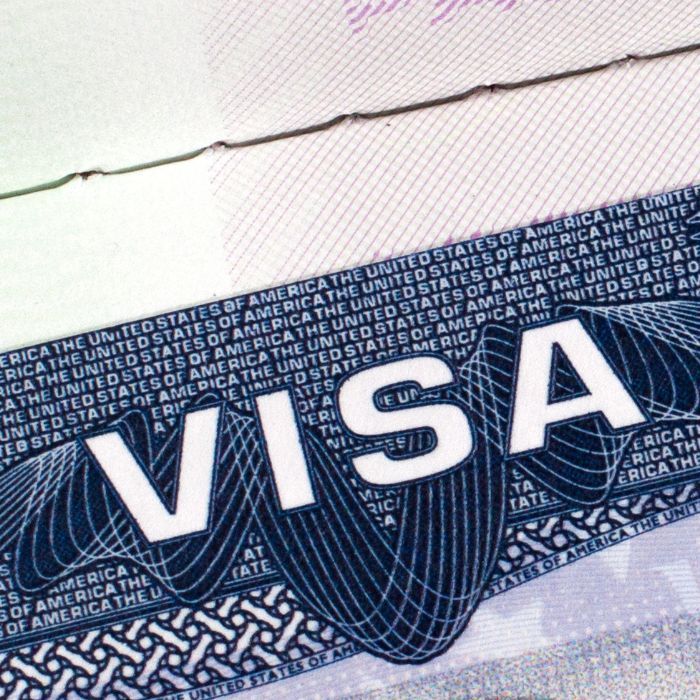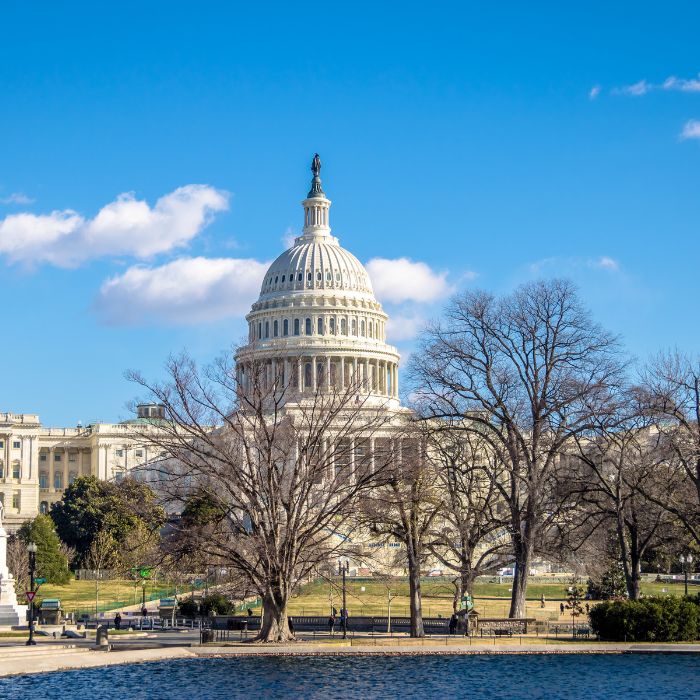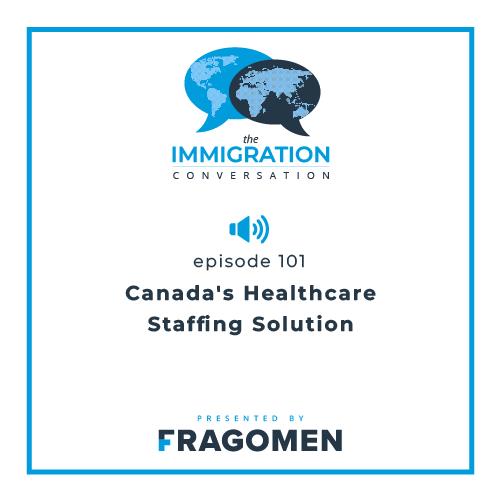
Critical Skills Employment Permit (CSEP) holders cannot apply for a Stamp 4, which allows them to work without company sponsorship, unless they have completed the requisite two years under their current CSEP. Previously, CSEP holders could add up time spent on multiple CSEPs to meet this requirement.
Background
Until recently, CSEP holders could apply for a Stamp 4 after two years, regardless of the number of CSEPs the foreign worker held during the previous two-year period. For example, a CSEP holder working for one employer might later change jobs and obtain a new CSEP with a different employer. Under the previous approach, the authorities would have allowed the worker to combine the time spent under both CSEPs and obtain a Stamp 4 in two years. Under the new approach, only time spent under the current CSEP will count toward fulfilling the two-year requirement.
Eligibility for long-term residency and naturalisation are not affected by this policy. Similarly, this does not affect holders of other types of permits in Ireland, such as a General or Intra-Company Transfer employment permit.
What This Means for Employers and Foreign Nationals
Foreign nationals who obtain multiple CSEPs cannot apply for a Stamp 4 until they have held their current CSEP for two years.
Employers in Ireland must employ CSEP holders per the terms of that CSEP, for the full two-year period, to ensure the employee is eligible to switch to a Stamp 4.
This alert is for informational purposes only. If you have any questions, please contact the global immigration professional with whom you work at Fragomen or send an email to [email protected].
Explore more at Fragomen

Blog post
The UK expands its High Potential Individual (HPI) visa for 2025, broadening eligibility for global graduates and entrepreneurs while introducing new requirements and application caps

Media mentions
Partner Bo Cooper discusses the US proposal to expand social media screening for visitors from visa waiver countries and the broader shift it represents in travel vetting.

Video
The latest Mobility Minute features Manager Alex Hood discussing recent updates to the UK’s High Potential Individual route, including expanded university eligibility, a new annual cap and modernized governance measures.

Media mentions
Managing Partner for the Middle East and Africa Murtaza Khan discusses how the UAE’s flexible migration policies attract talent and support a competitive labour market.

Media mentions
Senior Counsel Mitch Wexler notes that the US expansion of social-media screening to H-1B and H-4 visa applicants will involve a more detailed review of their online activity.

Media mentions
Partner Edward Raleigh highlights the need for companies to prepare for increased H-1B enforcement and ensure compliance with US worker requirements.

Video
In this Mobility Minute, Associate Rebeca Lafond outlines key considerations for international travel to the United States during the holiday season, including documentation requirements, visa processing expectations and enhanced screening on entry.

Media mentions
Partner K. Edward Raleigh explains that the Department of Labor’s Project Firewall expands H-1B oversight beyond individual complaints and increases the scope of employer compliance reviews.

Media mentions
UK Government Affairs Strategy Director Shuyeb Muquit examines how proposed settlement reforms could reshape the path to UK residency by extending qualifying periods and linking eligibility to individual contribution.

Podcast
Partner Cosmina Morariu and Business Immigration Manager Ayana Ibrahimi discuss critical immigration strategies underpinning healthcare-sector staffing in Canada, unpacking how recent policy, mobility and compliance developments are affecting employers and global talent pipelines.

Awards
Fragomen named Private Client Team of the Year at The British Legal Awards 2025, recognising the strength of our UK Private Client practice.

Media mentions
Partner Daniel Brown highlights rising deceptive practices in immigration and emphasizes stronger verification and compliance measures for employers.

Blog post
The UK expands its High Potential Individual (HPI) visa for 2025, broadening eligibility for global graduates and entrepreneurs while introducing new requirements and application caps

Media mentions
Partner Bo Cooper discusses the US proposal to expand social media screening for visitors from visa waiver countries and the broader shift it represents in travel vetting.

Video
The latest Mobility Minute features Manager Alex Hood discussing recent updates to the UK’s High Potential Individual route, including expanded university eligibility, a new annual cap and modernized governance measures.

Media mentions
Managing Partner for the Middle East and Africa Murtaza Khan discusses how the UAE’s flexible migration policies attract talent and support a competitive labour market.

Media mentions
Senior Counsel Mitch Wexler notes that the US expansion of social-media screening to H-1B and H-4 visa applicants will involve a more detailed review of their online activity.

Media mentions
Partner Edward Raleigh highlights the need for companies to prepare for increased H-1B enforcement and ensure compliance with US worker requirements.

Video
In this Mobility Minute, Associate Rebeca Lafond outlines key considerations for international travel to the United States during the holiday season, including documentation requirements, visa processing expectations and enhanced screening on entry.

Media mentions
Partner K. Edward Raleigh explains that the Department of Labor’s Project Firewall expands H-1B oversight beyond individual complaints and increases the scope of employer compliance reviews.

Media mentions
UK Government Affairs Strategy Director Shuyeb Muquit examines how proposed settlement reforms could reshape the path to UK residency by extending qualifying periods and linking eligibility to individual contribution.

Podcast
Partner Cosmina Morariu and Business Immigration Manager Ayana Ibrahimi discuss critical immigration strategies underpinning healthcare-sector staffing in Canada, unpacking how recent policy, mobility and compliance developments are affecting employers and global talent pipelines.

Awards
Fragomen named Private Client Team of the Year at The British Legal Awards 2025, recognising the strength of our UK Private Client practice.

Media mentions
Partner Daniel Brown highlights rising deceptive practices in immigration and emphasizes stronger verification and compliance measures for employers.

